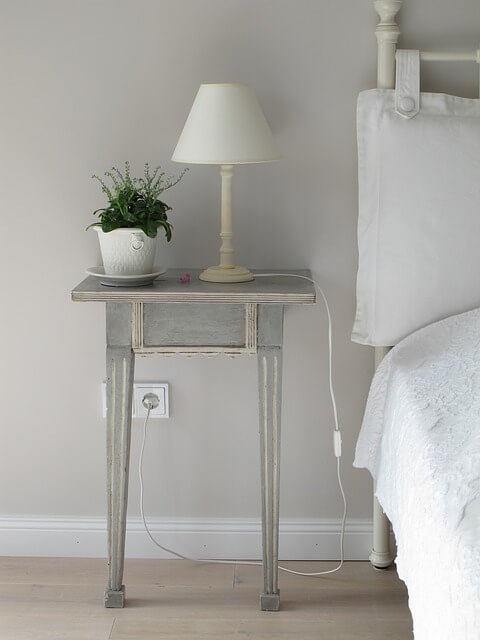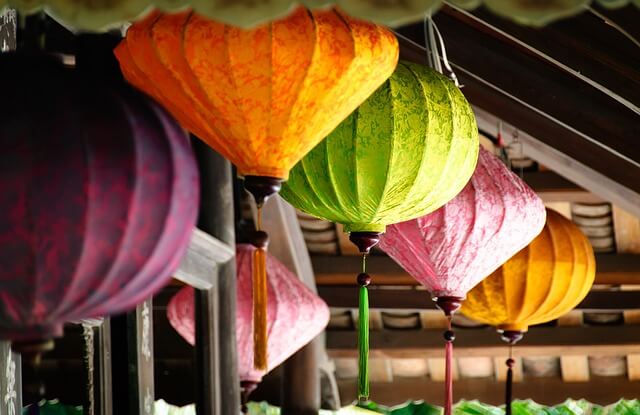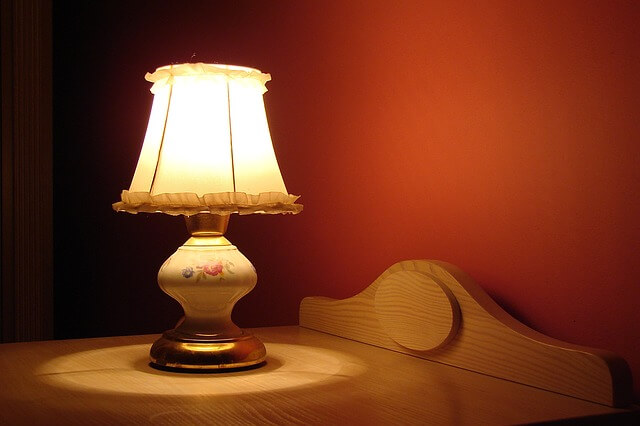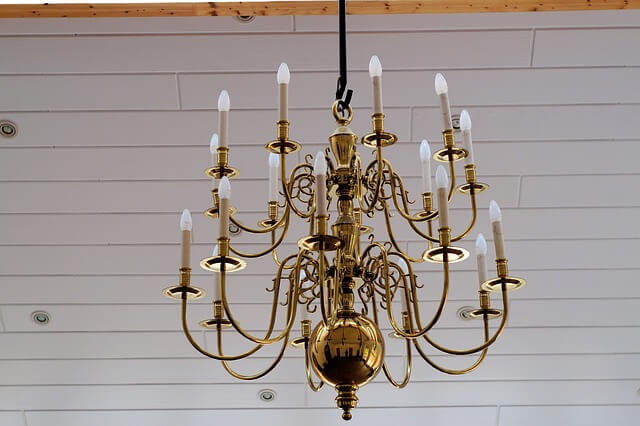The Foolproof Rules for Picking a Perfect Lampshade
When it comes to your decor, it's amazing how the little choices — like lampshades — can make all the difference. We asked interior designer Lauren Liess, author of Habitat: The Field Guide to Decorating, to get specific on all things shady.
Start by learning which shape is best for your room or design, and then consider size and fabric. Lauren's rubric will guide your selection:
Shape: Bell
"If you want a classic 'decorator' look with a graceful sensibility, go for this shade, which lends itself well to traditional spaces. It works on all kinds of lamps, but I love it on a ginger jar."
Shape: Drum
"The drum is versatile enough for both modern and traditional interiors and almost all lamp bases. Its clean lines can help make a dated lamp seem now.
Shape: Oval
"Useful in smaller rooms, an oval shade should be used with flatter lamps that have a distinct front and back with sides. It feels sophisticated."
Shape: Pleated
"An old-guard designers' staple. Pleated shades — with their dressmaker details — make a space feel 'decorated' and bring a bit of femininity to a room. They work best on more traditional lamps."
Shape: Square or Rectangular
"These give off a modern vibe and make a strong statement. They're best used on lamps that are square or rectangular. Small, square candelabra-size shades look sharp on sconces."
Shape: Tapered Drum
"I find these work well for both contemporary and classic interiors. They mesh particularly well with taller, chunkier lamps, genie bottles, and round or nearly spherical versions."
Choose a Size
"A lampshade should be roughly two-fifths of the total height of the full lamp, including the shade. [But] there's always an exception! Retro styles often play with scale by varying the shade size, so take a cue from them and have some fun with proportions. For example, tall shades often work with squat, large-diameter lamps."
Choose a Material
PAPER: "Pleasing to the eye, paper shades create a casual, relaxed mood. They're a lightweight hanging-fixture favorite."
FABRIC: "So versatile! You can use this with any color or pattern, on almost any type of lamp. Linen is laid-back; silk has a formal feel."
METAL: "Pros of a metal shade: It's great for directional lighting, and it casts a sharp beam (think task lamps). Cons: It can become hot to the touch — avoid in nurseries! — and feels a bit like an interrogation room."
GLASS: "In opaque white, glass offers a throwback, vintage look that's ideal for bathrooms and kitchens. Clear versions are pretty and can add a nice twinkle but are — obviously — difficult to look at directly, so keep above eye level."
(Source/Credit: housebeautiful.com)




